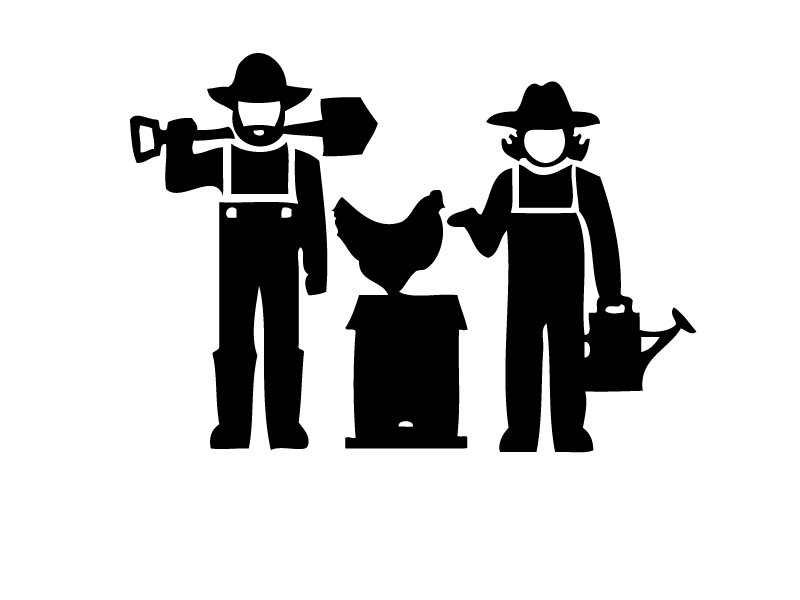This week I started harvesting some of the raw honey from my lost hive. Since I've never done this, I did some research first on youtube. Apparently there are many methods.

The quickest way is to spin the honey out using an extractor machine, leaving the wax comb and wood frames intact. First you must uncap the honey manually, using either an uncapping fork, a regular knife, or an electric hot knife. I even saw someone melt the cappings away using a heat gun. Then you can put the frames in the extractor. Alternatively, you can leave them in a warm space over a honey bucket to drain manually. Be sure never to heat honey over 90 degrees F, to keep its raw (unpasteurized) properties. Whether you spin or drain the honey manually, these methods are nice because the emptied frames can be given back to the bees, saving them the energy of building new comb from scratch.
Unfortunately I can't use the extractor method, because these frames are foundationless. This means they had no manmade internal support, (aka foundation) and would not withstand the centrifugal force of the extractor. I thought the bees would be keeping these frames. *sigh* Also, unless you have a friend/bee club to borrow from, an extractor is a bit of a financial investment if you are only doing a few frames at a time. (Upwards of $200 for a sturdy model.)
So, plan B: The crush and strain method. The process is slower. Messier. And involves exactly what it sounds like. You crush the comb; honey, wax and all, into a strainer. Then you wait for the honey to drain into a pot below. For the strainer, Karl and I tried cheesecloth, but it didn't drain well. The resulting honey and wax coated cloth was a messy disaster to clean. Later, I tried to use the same cheesecloth to strain the beeswax, but that was even more of a challenge. (More on that in another post.) We also tried (and failed) to use a spaghetti colander as a strainer (too big for the pot) and a broccoli steamer (which was too small and fell in!)
Long story short, in the end, the cheesecloth was in the compost, the other stuff in the dishwasher, and honey was EVERYWHERE. So much for "use what you have" DIY. We finally broke down and bought this awesome metal honey strainer on Amazon.

This had two nesting strainers, one fine and one courser. Together, it strained all the honey from a fully capped frame in ONE SHOT. SO MUCH BETTER!
So here's what I learned from our first honey extracting experience:
1.) Honey is WAY stickier than I realized. (Why is it you ALWAYS get an itch AFTER you have honey all over your gloves?) Moving slowly and deliberately, and having EVERYTHING you need sterilized and ready ahead of time, is key.
2.) Cheesecloth is for fools (for honey straining, anyway.) Turns out a strainer isn't something you should cheap out on. In this case, the right tools made ALL the difference. (That strainer is the best $20 Karl ever spent-lol.)
3.) After straining, let the honey sit for 24 hours before pouring into bottles. This allows any air bubbles to rise to the top. While the air won't affect the honey's quality, it will give your finished bottles a more professional look, and assure they are filled completely. (The photo above shows all the bubbles in my first, more inpatient batch.)
3.) When building foundationless frames, even if you think the bees are keeping all the honey, take the extra time to fortify frame interiors with wooden sticks, stainless wire, or high test fishing line. I'll be asking my local bee club for tips on how best to do this. There are also lots of "how to" videos on you tube.
4.) Despite all the mess, there is nothing more satisfying than pouring your first bottles of gorgeous amber honey! THANK YOU BEES!

